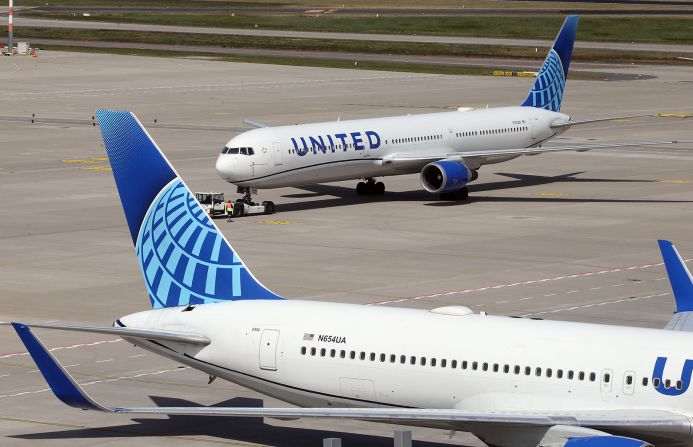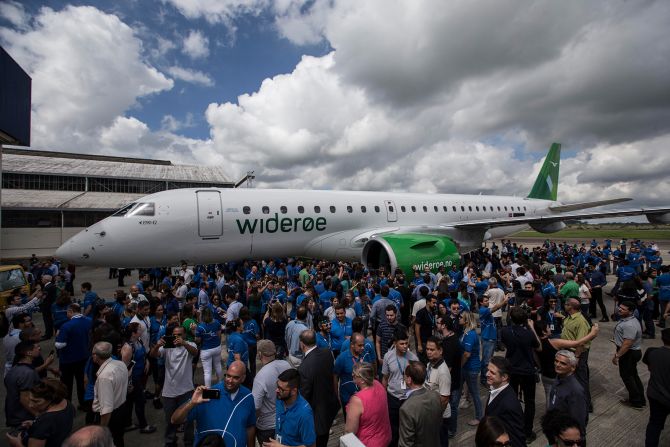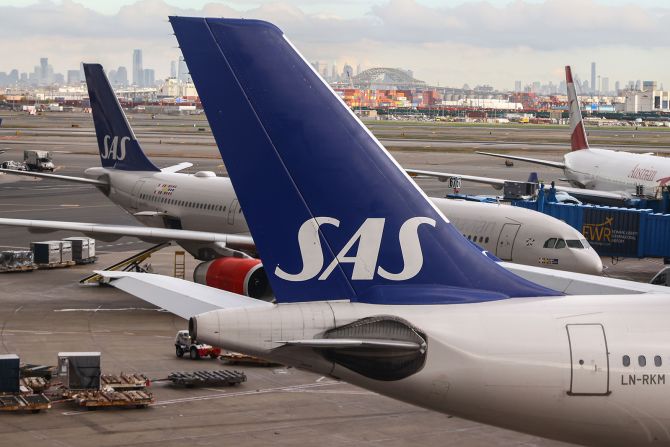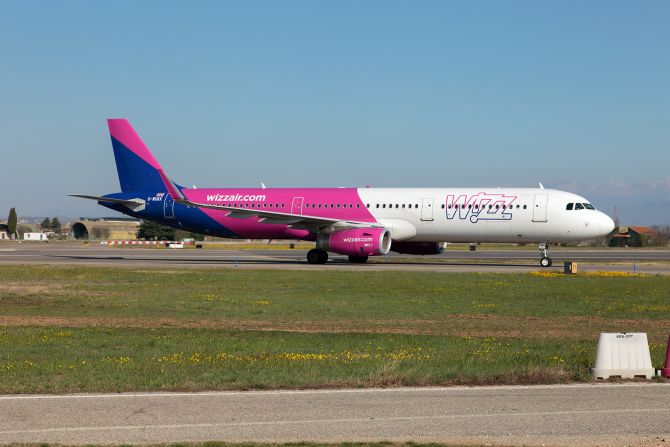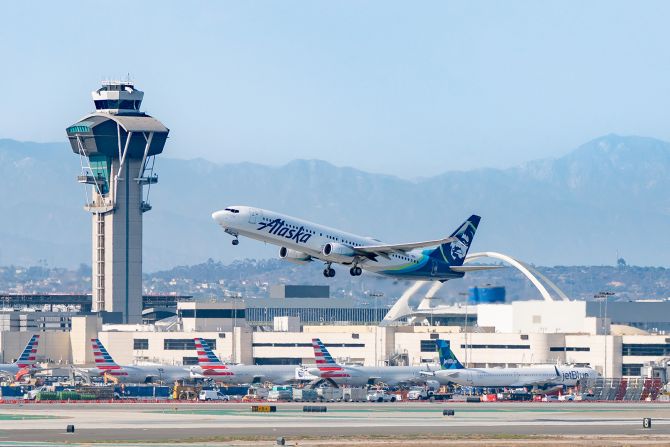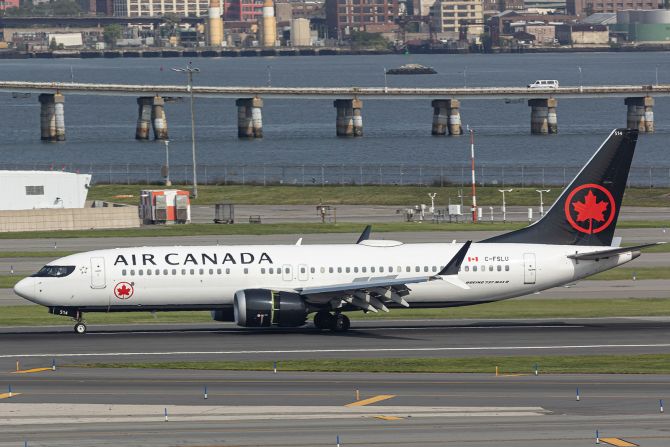Editor’s Note: Monthly Ticket is a CNN Travel series that highlights some of the most fascinating topics in the travel world. In June, we’re looking to the skies as we spotlight the exciting world of aviation.
Most sustainability experts will scoff at the idea of “sustainable” and “airlines” in the same sentence.
“Today, at this moment, it’s not yet realistic to fly fully sustainably,” says Pedro Piris-Cabezas, a global transportation expert and economist at the nonprofit Environmental Defense Fund.
Yet that doesn’t mean the airline industry isn’t showing growing self-awareness around its environmental impacts and the increasingly urgent calls for transformation in the face of an intensifying climate crisis.
“In the past few years, public awareness of aviation’s climate impact has definitely put pressure on airlines to strengthen their sustainability strategy,” says Sola Zheng, an aviation researcher at the nonprofit International Council on Clean Transportation (ICCT). She says that combined pressure from consumers and investors, along with expanding climate regulations, has given the industry “a strong push towards airline decarbonization efforts.”
And environmentalists say that shift is coming not a moment too soon. Commercial aviation, which transported more than 4.5 billion passengers annually pre-pandemic, is behind 2.5% of global CO2 emissions each year, with significantly increased flight demand – and related emissions – forecasted.
“If aviation were a country, it would be one of the world’s top 10 sources of greenhouse gas emissions,” says Piris-Cabezas.
In response, the International Air Transport Association (IATA), a global trade association representing some 300 global airlines, approved a resolution in 2021 to reach net-zero emissions by 2050 – meaning it would remove from the atmosphere at least as much planet-warming pollution as it emits – in line with high-stakes UN-set targets laid out to ensure a “livable climate.”
New and proposed government regulation is also trying to sculpt the industry’s transition, particularly in Europe, where some short-haul flights have already been banned, while Denmark and Sweden plan to eliminate fossil fuels on domestic flights by 2030.
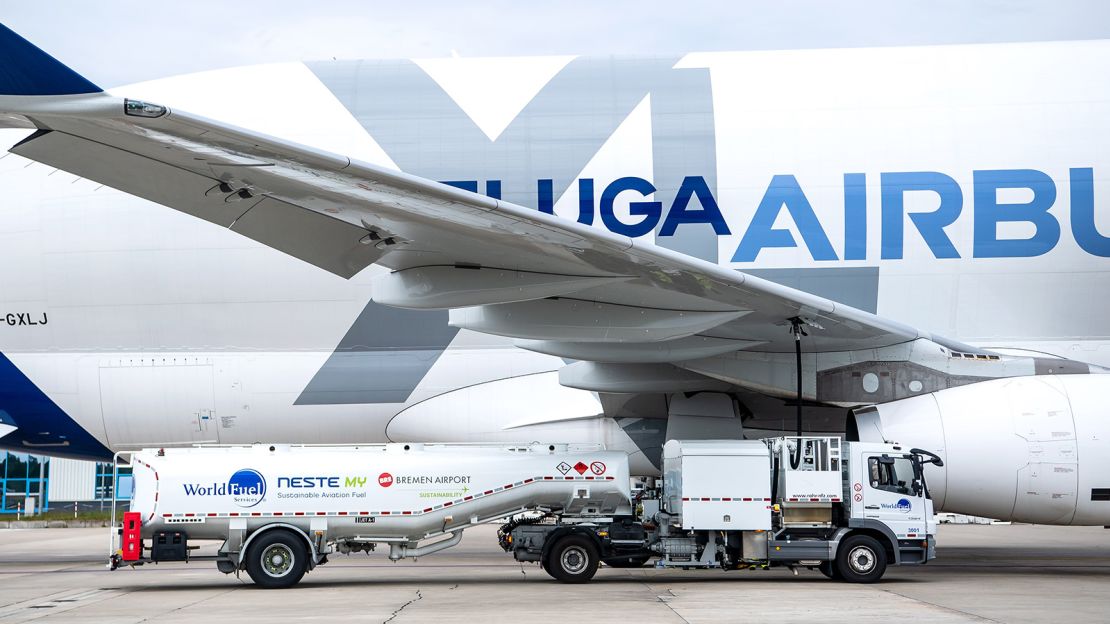
“The industry and regulators are in agreement that net-zero needs to be reached by 2050,” says Nicolas Jammes, spokesperson for IATA. “The industry doesn’t have a choice. It has to be sustainable if it wants to carry on growing, or keep operating the way it does.”
Akbar Al Baker, CEO of Qatar Airways, told CNN recently that the airline industry’s emissions goals amounted to a “PR exercise,” with aviation is on track to miss the 2050 deadline.
“Let us not fool ourselves,” he said. “We will not even reach the targets we have for 2030, I assure you. Because there is not enough raw material to get the volumes of SAF (Sustainable Aviation Fuel).”
The biggest part of the problem: aviation’s continued reliance on fossil fuel-powered planes. “Flying sustainably requires the use of alternative energy,” says Zheng.
Accordingly, airlines are banking big on a patchwork of greener alternative fuel sources to slash carbon emissions from future flights, including next-generation technologies like electric, hybrid, and, further out, hydrogen.
“There are a set of emerging technologies that have great potential to decarbonize the sector, but they are in the early stage,” says Zheng.
Offering more immediate adoptability – and the backbone to the industry’s broader decarbonization goals – is low-carbon sustainable aviation fuel, or SAF, a biofuel alternative made from waste products and renewable biomass that can cut emissions by as much as 80%. Currently being tested on dozens of airlines, with SAF mandates upcoming in the European Union, the fuel is projected to meet 65% of commercial aviation’s 2050 net-zero targets.
“It’s a critical element – the reason being is that it’s the only proven solution at the moment to decarbonize,” says Jammes. Yet SAF faces supply limitations, hefty expense and environmental concerns around low-integrity production; it only made up 0.1% of the world’s total jet fuel consumption in 2021, according to data from ICCT.
Ultimately, environmentalists advise that aviation’s decarbonization overhaul is in its infancy, and that for the time being, eco-conscious travelers – who are showing increasing concern around the hefty carbon footprints of flying – need to choose to fly less and consider alternative, more climate-friendly means of transportation and travel.
Zheng says travelers who do fly should seek out less-emitting flights, noting that travel search engines like Google Flights and Kayak can now display projected per-passenger CO2 emissions alongside flight search results. She also advises against purchasing an airline’s controversial carbon offset programs, which she says are oftentimes unvetted and allow for a business-as-usual approach, and instead look into verified SAF airline credit buy-ins as they become available.
Piris-Cabezas cautions that industry greenwashing abounds, and that consumers should also strive to check the credentials of airline claims and to press airlines for greater transparency around sustainability. “Airlines’ ‘green claims’ are often multiplying more quickly than their fact-checking departments care to back up with substantive evidence,” he says.
Zheng concurs, adding, “Until we see actual decarbonization happen and have the rate of decarbonizing overtake the growth in traffic, it is very misleading to label anyone in the aviation industry sustainable.”
Yet Jammes says air travelers can expect to see a rapidly improving landscape around airline sustainability. “It won’t come without challenges, that’s for sure,” and customers must “understand that it can’t happen overnight,” but he says that when it comes to new sustainability-minded technologies, “the future is going to be exciting.”
While airlines have much work to do yet, these seven carriers have introduced an array of sustainability measures including the early adoption of alternative-fuel technology, plastic and food waste-reduction programs, SAF credits, eco-friendly materials, and more.
United Airlines
United plans to introduce a regional US flight service aboard 100 30-passenger hybrid-electric planes, from Swedish startup Heart Aerospace, by 2028.
It’s one of several innovative electric- and hydrogen-technology development partnerships that the airline is backing, while it’s also invested in the production of 5 billion gallons of SAF, including biofuel sourced from microalgae – the largest airline commitment worldwide.
United also recently rolled out a Sustainable Flight Fund that allows passengers and corporate partners to buy into SAF development, while its website now displays estimated CO2 emissions alongside flight search results.
Widerøe
Norway-based Widerøe, the largest regional airline in Scandinavia, says it is on track to become one of the world’s first fully emissions-free airlines.
An all-electric aircraft-development partnership between the airline, engine manufacturer Rolls-Royce and Italian aerospace company Tecnam is set to replace the airline’s entire domestic fleet by 2028, with the first flights on 11-passenger electric commuter planes poised for 2026. (Norway plans for all short-haul domestic flights to be electric by 2040.)
SAS
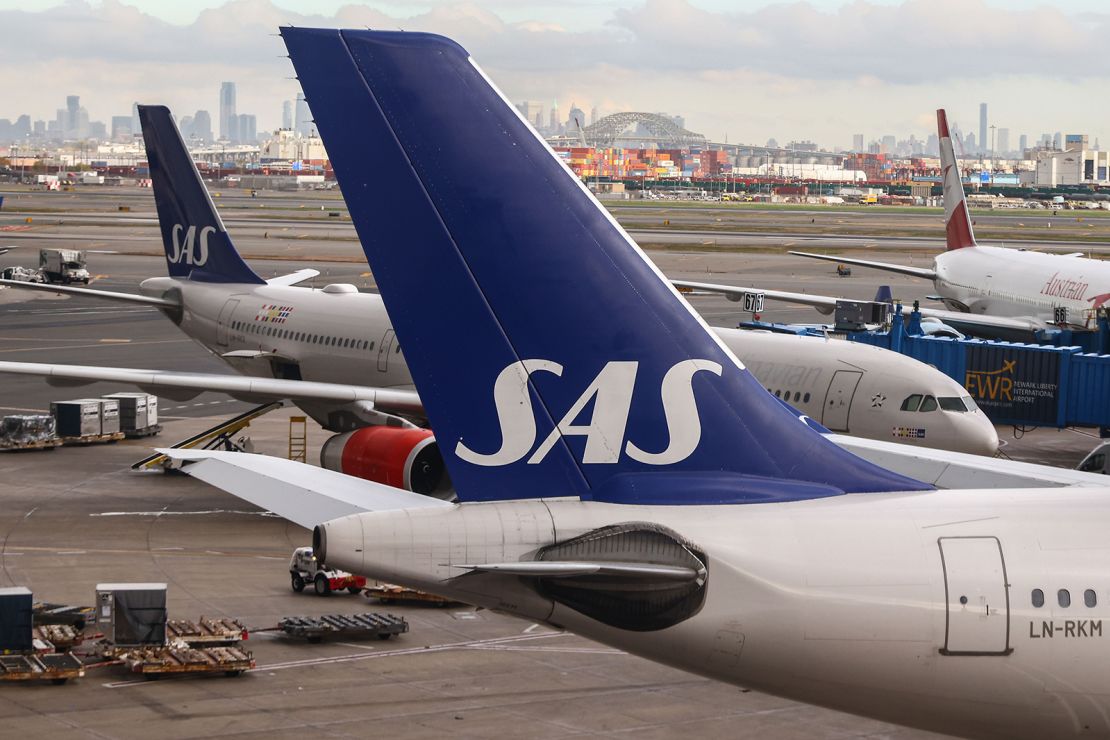
While many airlines have been teasing electric flights, Scandinavian airline SAS is the first to take seat reservations for commercial hybrid-electric flights in 2028, aboard 30-passenger Heart Aerospace planes on routes in Sweden, Norway and Denmark.
The airline has ambitious targets that include slashing CO2 emissions by 25% by 2025, before phasing them out entirely in Scandinavia by 2030.
The airline is backing various other clean-energy and SAF development projects, and has recently begun offering passengers dedicated fares that bundle in the direct purchase of biofuels, too.
Wizz Air
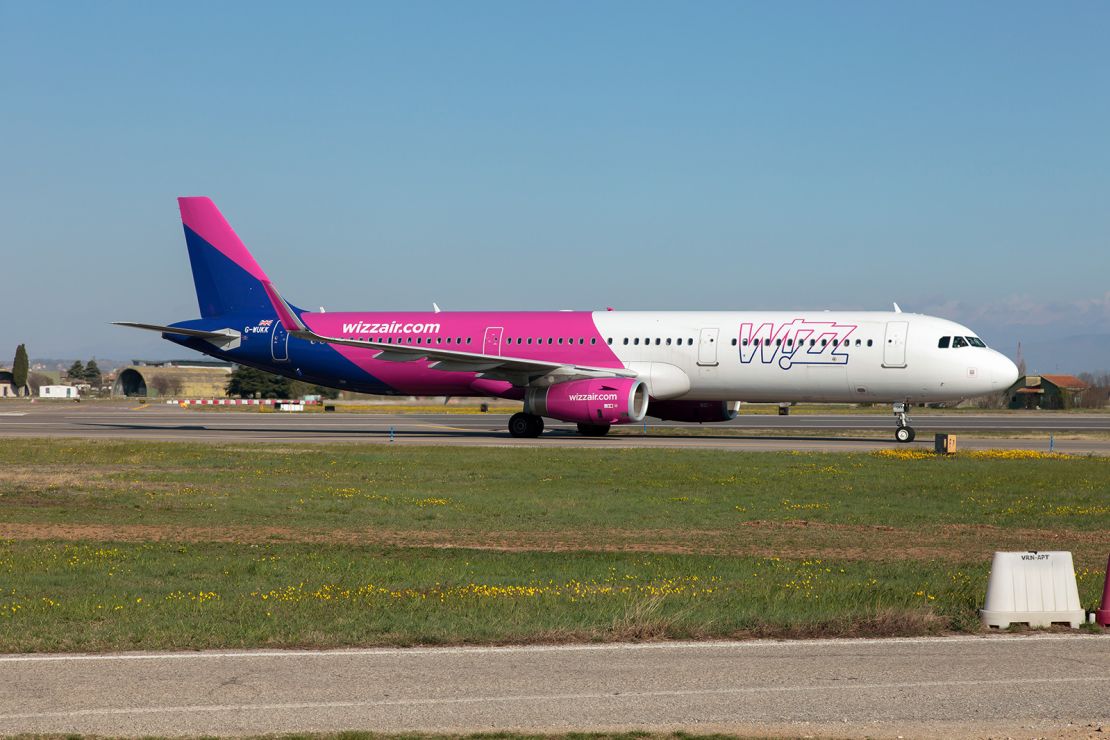
European low-cost carrier Wizz Air claims one of the industry’s lowest carbon emissions-impact per passenger, thanks to its younger, fuel-efficient fleet (most of its Airbus A321neo planes are less than five years old), high-occupancy flights and direct route network that omits carbon-emitting connecting flights.
The sustainability award-winning airline is also investing heavily in SAFs and pursuing hydrogen propulsion aircraft with Airbus. Onboard, Wizz Air passengers can expect biodegradable service items and recycled materials, like the waste-leather seating.
Etihad Airways
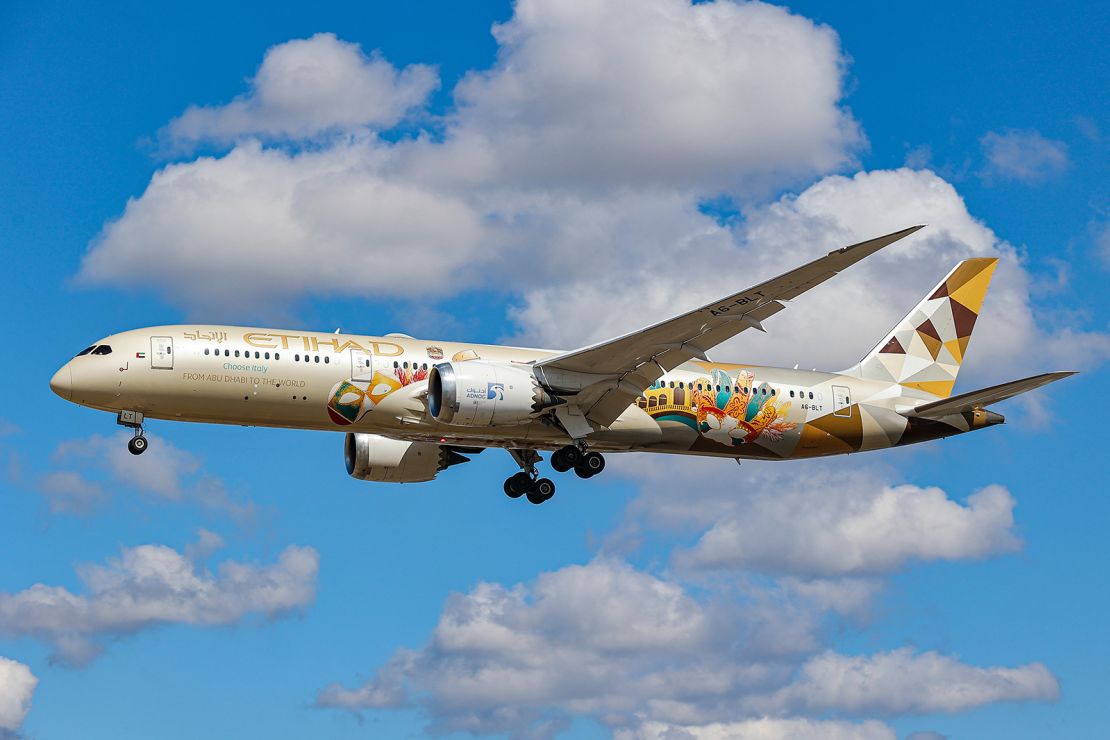
Etihad Airways, one of two national carriers for the United Arab Emirates, has slashed CO2 emissions by a quarter since 2019 thanks to improved operational efficiencies, and has also reduced single-use plastics by 80%.
The airline additionally partners with Boeing as part of the decarbonization-focused “Greenliner” program, using the carrier’s fleet of Boeing 787 Dreamliners as testbeds for SAF and other eco-friendly technologies.
Etihad has a similarly themed “Sustainable50” program dedicated to its Airbus A350s.
Looking ahead, the airline is hoping to integrate SAF sourced from CO2, while it has planted tens of thousands of carbon-absorbing trees as part of its Etihad Mangrove Forest project.
The innovations have not gone unnoticed: Etihad was named the “Environmental Airline of the Year” for both 2022 and 2023 by rating agency AirlineRatings.com.
Alaska Airlines
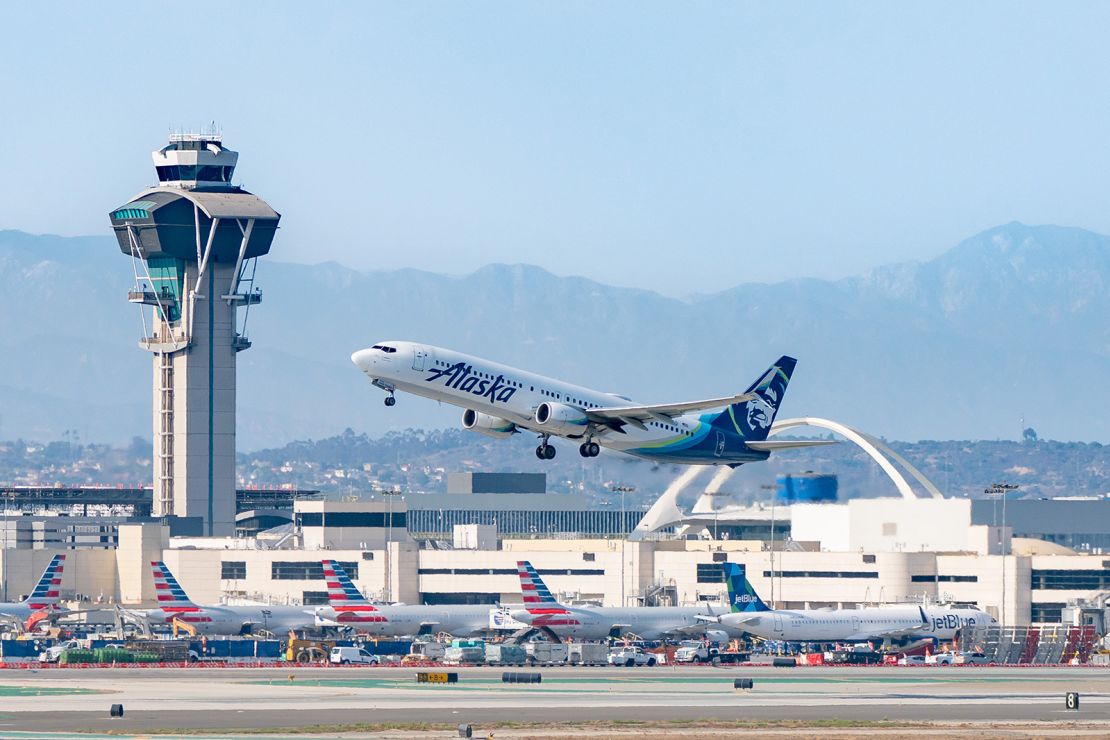
While most major global airlines are targeting 2050 for net-zero carbon emissions, Alaska Airlines intends to meet that target as soon as 2040.
To do so, the airline is laser-focused on fuel efficiency and has invested heavily in SAF (including CO2-derived versions). It’s also announced a partnership with the US-headquartered hydrogen-electric aircraft developer ZeroAvia to retrofit one of their regional aircraft as a hybrid hydrogen-electric plane.
Customers will also notice single-use plastics reduction on board, like boxed water instead of plastic water bottles and paper cups instead of plastic ones; the line also composts select food waste like coffee grounds.
Air Canada
Canadian flag carrier Air Canada is targeting 2028 for electric flight, with a purchase agreement in place for 30 of Heart Aerospace’s 30-passenger hybrid-electric planes, which will service regional routes.
The airline has also made sizable investments to accelerate the production of SAF in Canada, and has significantly reduced single-use plastics onboard (in line with Canada’s move to ban most single-use plastics by year’s end).
